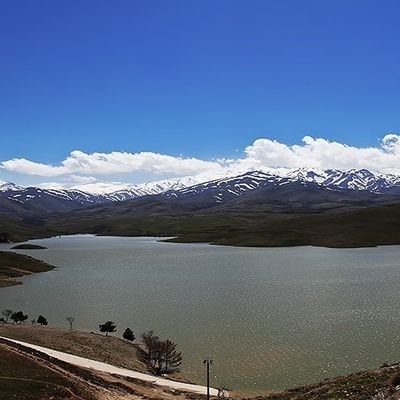SAEDNEWS: Making homemade fruit leather from plums, apples, pomegranates, or any other fruit requires attention to certain tips to ensure it tastes great and dries properly. We’ll go over these tips together.

According to SAEDNEWS, this section is dedicated to offering helpful tips and tricks for making homemade fruit leather, so you can prepare summer and winter fruit varieties more skillfully.
Lavashak, a popular Persian fruit leather, can be made from a wide variety of fruits, including apples, plums, cherries, sour cherries, pears, blueberries, barberries, and kiwis. These fruits, each with their unique qualities, provide the essential ingredients for crafting this delicious treat.
To prepare the lavashak mixture, start by washing and peeling the fruit, then removing the pits. Chop the fruit into smaller pieces and place them in a pot to cook over low heat. It’s important to keep an eye on the consistency as the fruit cooks down, ensuring it thickens to the right texture. For a tangier flavor, you can add salt and citric acid. If you prefer a sweeter taste, a small amount of sugar can be used. For an extra twist, add some dried yogurt (qaravurt) to enhance the flavor.
When it comes to drying your lavashak quickly, here are a few simple methods:
First, it’s best to spread the mixture on metal trays. To make the process easier, line the trays with plastic wrap before spreading the lavashak mixture on top. This way, once dried, you can easily peel the fruit leather off the plastic.
If you don’t have large trays, you can use this alternative method: Lay a cloth or tablecloth on a flat surface, then cover it with plastic wrap. Spread the lavashak mixture evenly on the wrap, ensuring there are no obstructions or other materials on the surface. For better airflow during the drying process, you can place a mesh or netting over the mixture.
For those in smaller spaces, such as apartments, using a fan can help speed up the drying process. The fan will direct airflow directly onto the lavashak, accelerating the drying time.
Finally, when pouring the lavashak mixture, pay attention to the thickness. It should be neither too thick nor too thin. The right consistency ensures the lavashak dries properly, resulting in a high-quality, non-plastic-like texture.

Drying lavashak in the sun
Using a net to cover it can help prevent dust from settling on the surface. If any dust does accumulate, you can easily clean the lavashak once it's fully dried. Here's how:
After the lavashak has dried in the sun, carefully transfer it onto a rope or wire mesh. This ensures it dries more evenly while allowing air circulation. Use a damp cloth to gently wipe away any dust and clean the surface of the lavashak.
Using an oven for a quicker drying process
Here’s a simple method:
Preheat the oven to its lowest setting, typically around 50-60°C. This gentle heat allows the lavashak to dry slowly without becoming too tough.
Place the lavashak on a non-stick tray or board, ensuring the mixture is evenly spread. Place the tray in the oven, checking regularly. If needed, remove the tray to smooth out the lavashak. Once it's fully dried, the lavashak should lift off easily without sticking to your hands, and the surface should be dry and even.

